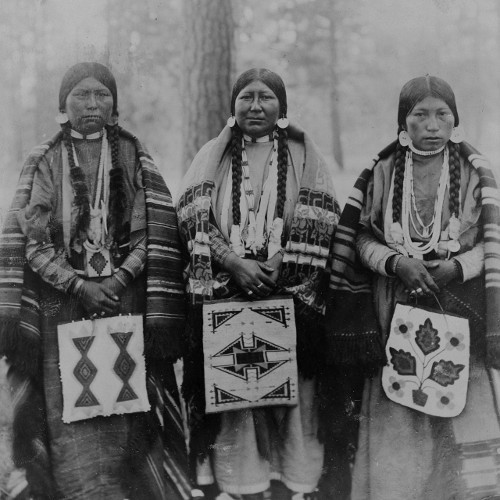
Dedicated for all DNA, Analysis Results, History, Research topics related to: Indigenous Peoples of North America
The ancestors of modern Native Americans arrived in what is now the United States at least 15,000 years ago, possibly much earlier, from Asia via Beringia. A vast variety of peoples, societies and cultures subsequently developed. The prevailing theory proposes that people migrated from Eurasia across Beringia, a land bridge that connected Siberia to present-day Alaska during the Ice Age, and then spread southward throughout the Americas over the subsequent generations. Genetic evidence suggests at least three waves of migrants arrived from Asia, with the first occurring at least 15 thousand years ago. These migrations may have begun as early as 30,000 years ago and continued through to about 10,000 years ago, when the land bridge became submerged by the rising sea level caused by the ending of the last glacial period. These early inhabitants, called Paleoamericans, soon diversified into many hundreds of culturally distinct nations and tribes. Numerous Paleoindian cultures occupied North America, with some arrayed around the Great Plains and Great Lakes of the modern United States and Canada, as well as adjacent areas to the West and Southwest. According to the oral histories of many of the indigenous peoples of the Americas, they have been living on this continent since their genesis, described by a wide range of traditional creation stories. Other tribes have stories that recount migrations across long tracts of land and a great river, believed to be the Mississippi River. Genetic and linguistic data connect the indigenous people of this continent with ancient northeast Asians. Archeological and linguistic data has enabled scholars to discover some of the migrations within the Americas.
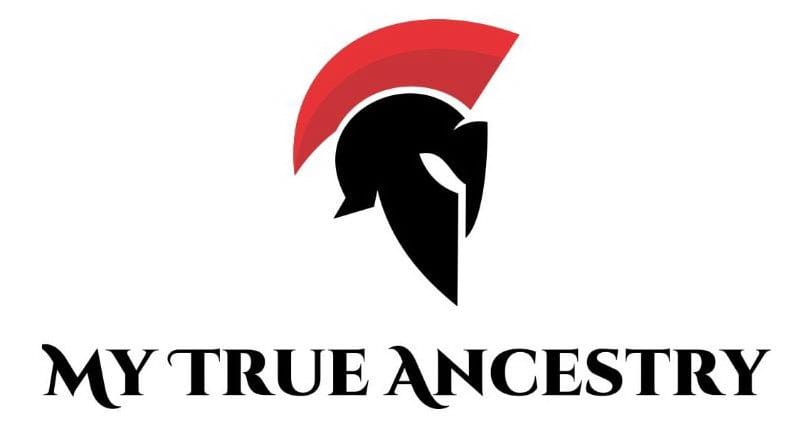
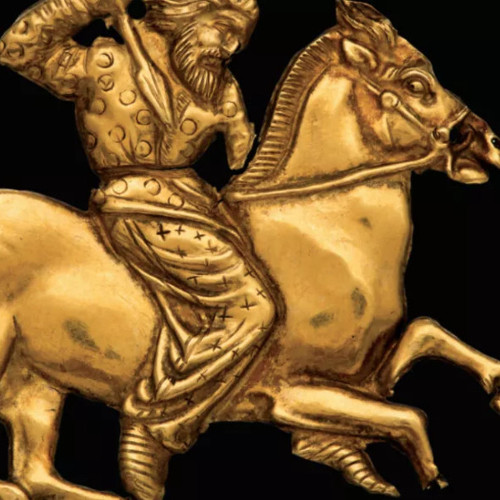

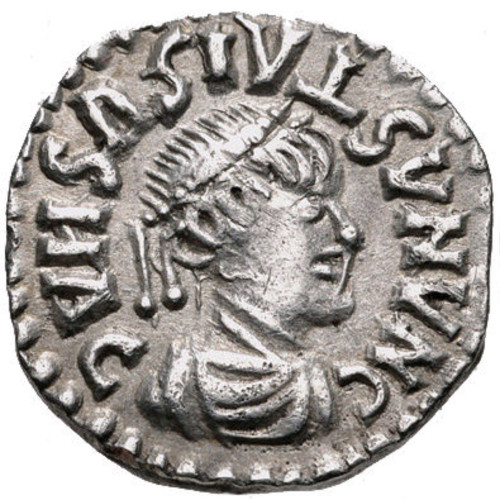


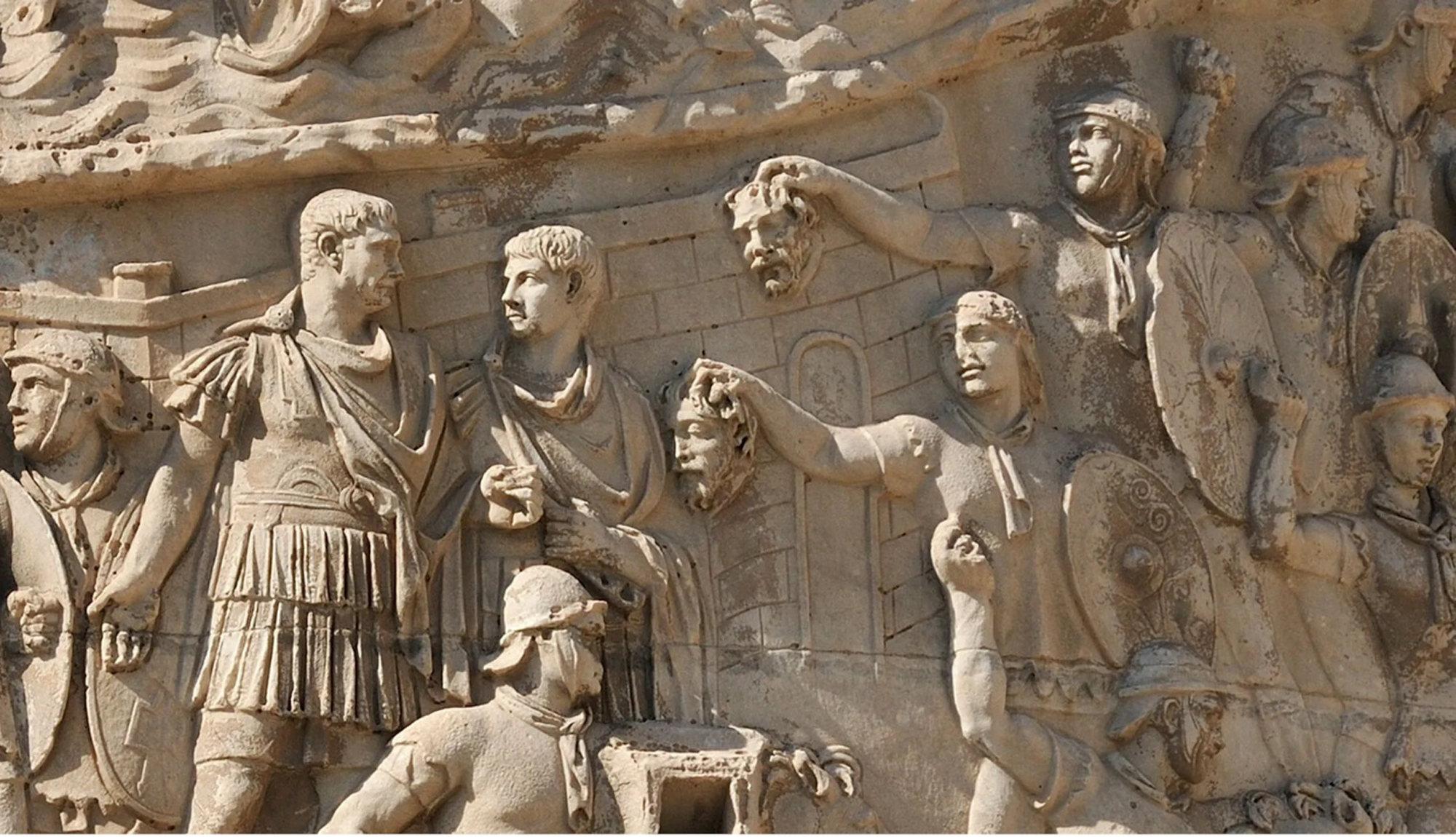
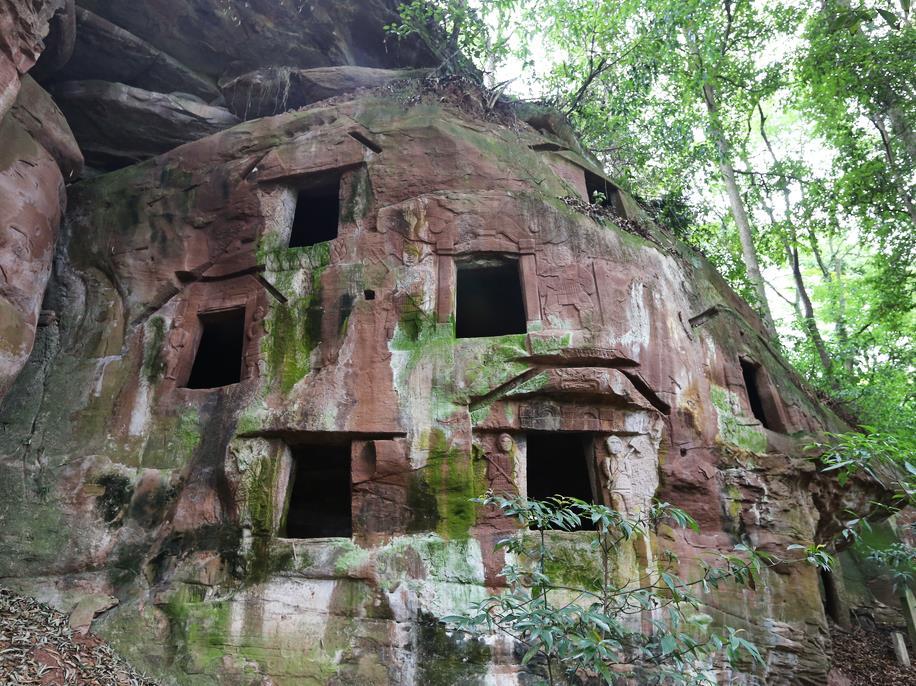


Comments